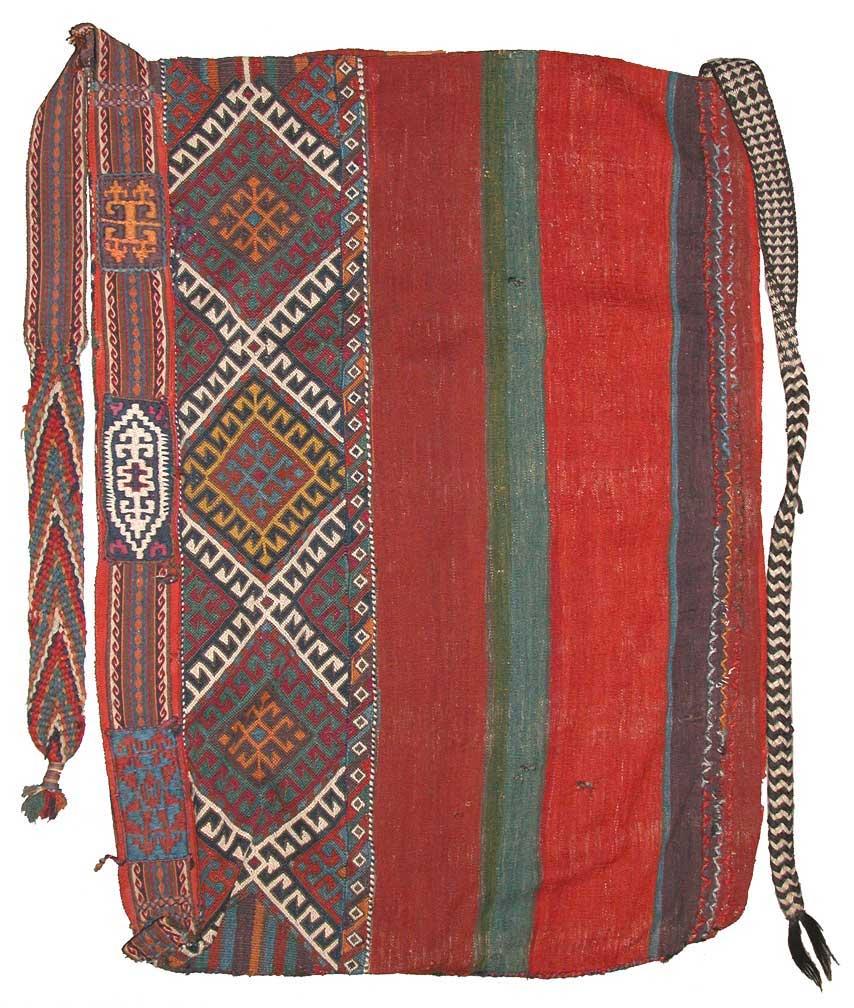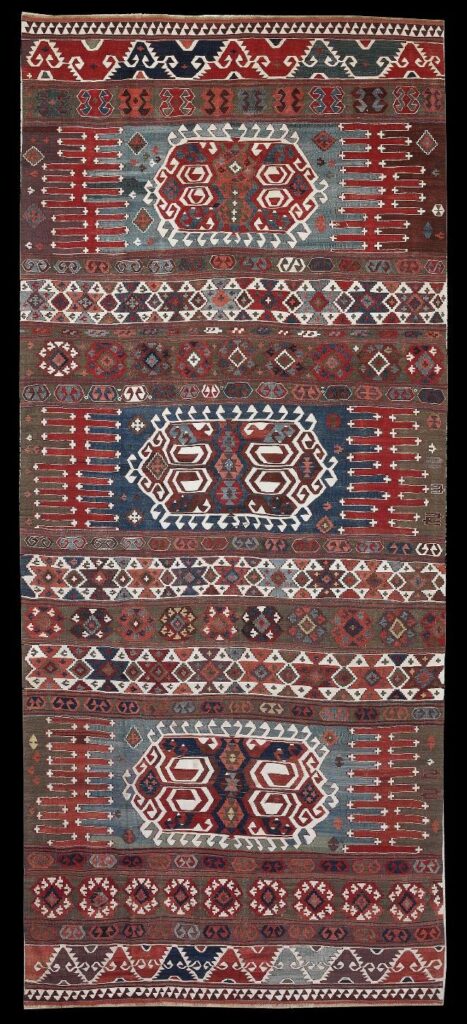Aksaray Kilims
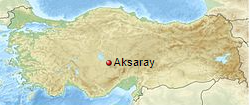
Aksaray is a city in the Central Anatolia region of Turkey and the capital district of Aksaray Province. Aksaray region was an important stopover along the Silk Road that crossed through Anatolia for centuries.
The ancient town of Garsaura was named Archelaïs by Archelaus of Cappadocia, the last Cappadocian king. In Roman times, the town was known as Colonia and was a bishopric and an important military center. The region came under the control of the Seljuk Turks after the Battle of Manzikert in 1071. The Anatolian Seljuk Sultanate they founded left important landmarks in and around Aksaray.
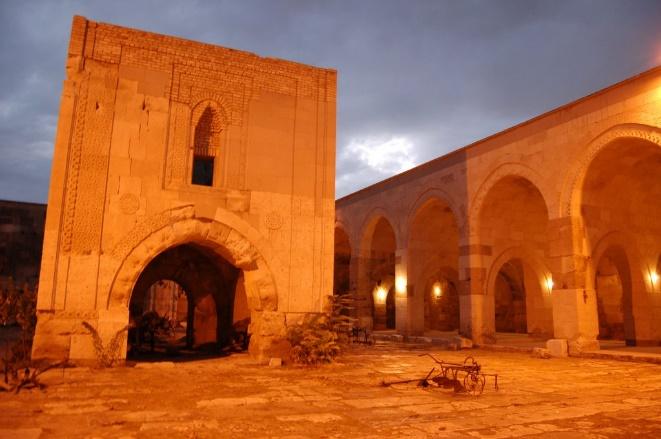
A Turkish and Persian combination, “Aksaray” means The White House or the white Palace which comes from a marble palace built by Seljuk Sultans. During Seljuk era Aksaray was a royal weaving center. This continued during the Ottoman Era. Antique Aksaray kilims and pile rugs remained from the 18th and 19th centuries. Today it is considered a source for Anatolian kilims and yastik cushions.
Technical aspects and the structure of Aksaray kilims
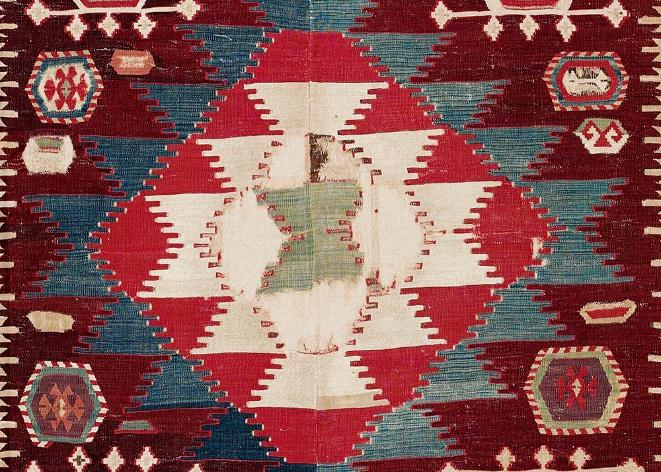
Kilims are woven in Aksaray with slit-tapestry method which lead to fine-woven pieces. These are woven typically in two pieces. The soumak structure may be used to outline some designs. Rug and runner sizes are common. The area’s wool considered the best in Anatolia, silky and lustrous.
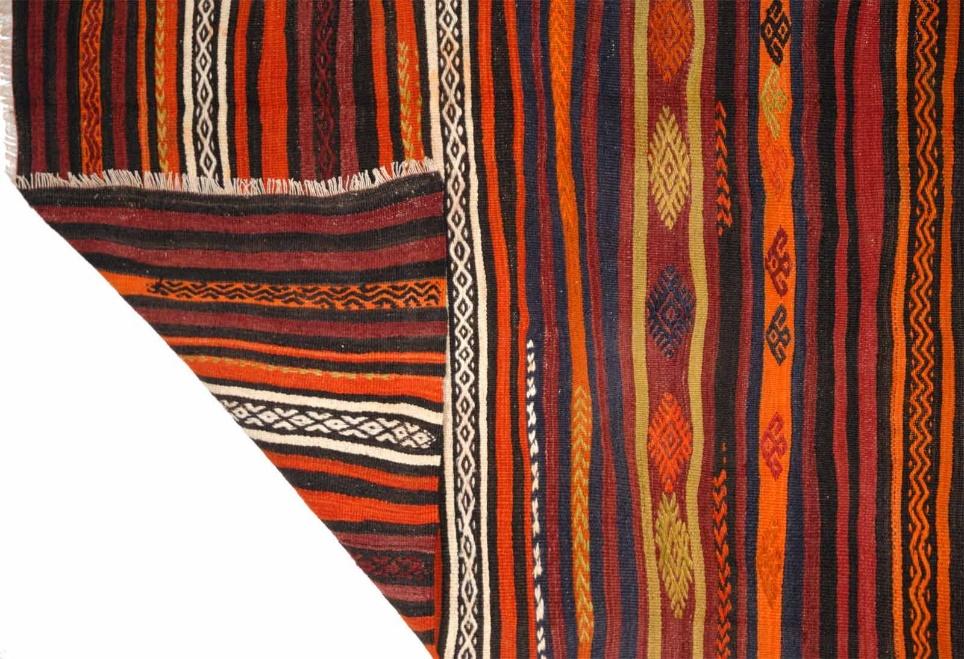
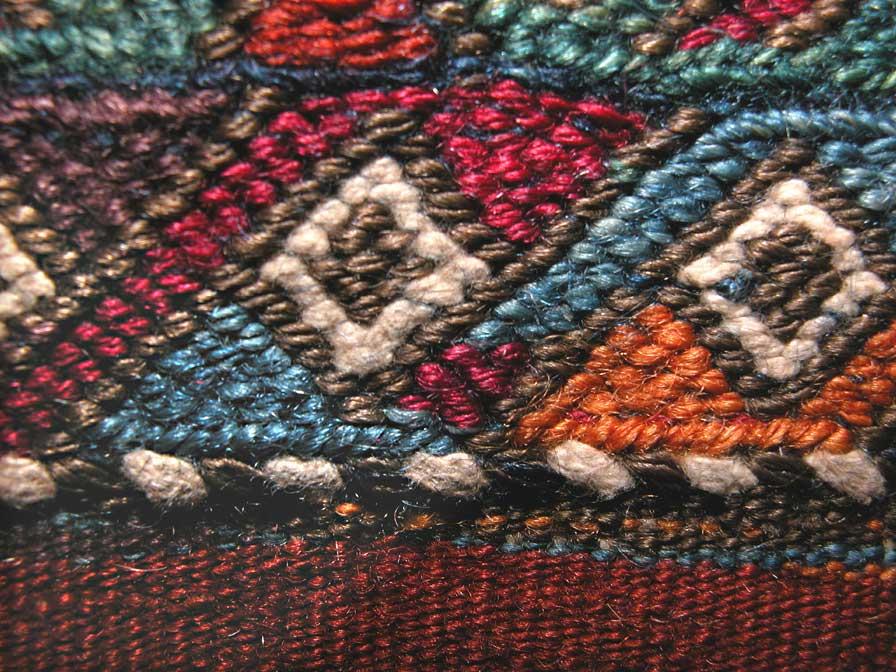

Dyeing and painting of Aksaray kilims
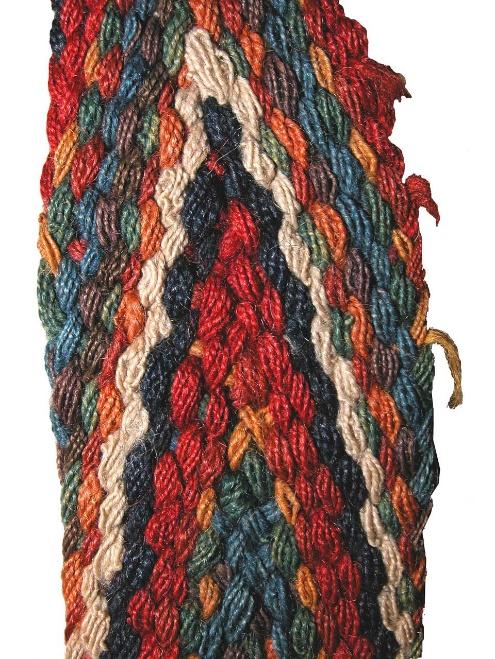
A group of antique Aksaray kilims, including runner kilims, have light earthy fields, such as ivory and beige, to make scene for large colorful repeats. These geometric motifs, filled with minor ones, may be colored with pastel shades of red, green, brown, yellow, blue, etc.

There are also some Aksaray examples with a more sober coloring. Such palettes may include tan, chestnut and ochre as dominant shades. Motifs and patterns in this type may be colored with mustard, olive, salmon, etc.
Designs and patterns of the Aksaray kilims
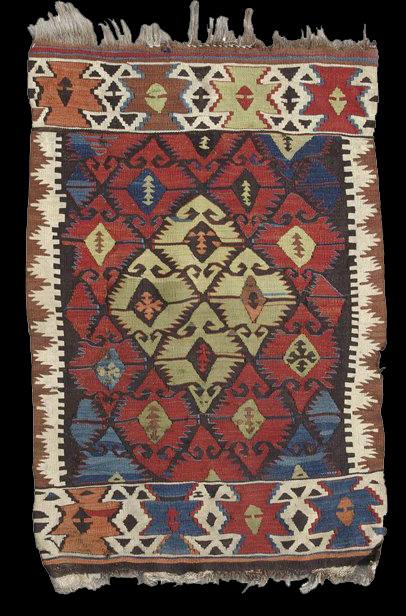

Stripped and paneled designs are common. Some antique pieces have been designed with horizontal cartouches. Pastel coloring of these dented cartouches make ultimately a rainbow of colors on a simple ivory field.
Large repeats of bereket (fertility) motif make a very common kilim design in Aksaray. A combination of the femininity and masculinity symbols, bereket motif symbolizes their unity, giving birth and in short the family. The eye in the middle is an amulet that protects the represented family against evil eyes and jinxes.
Panels of linked serrated hexagons make another type of design. Prayer designs and pole medallions are also common as well as lattice designs.

